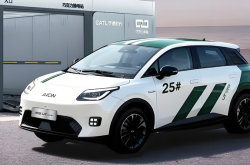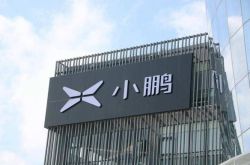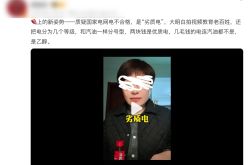Affordable New Energy Vehicles in 2025: A Repair and Replacement Quandary
![]() 02/07 2025
02/07 2025
![]() 559
559
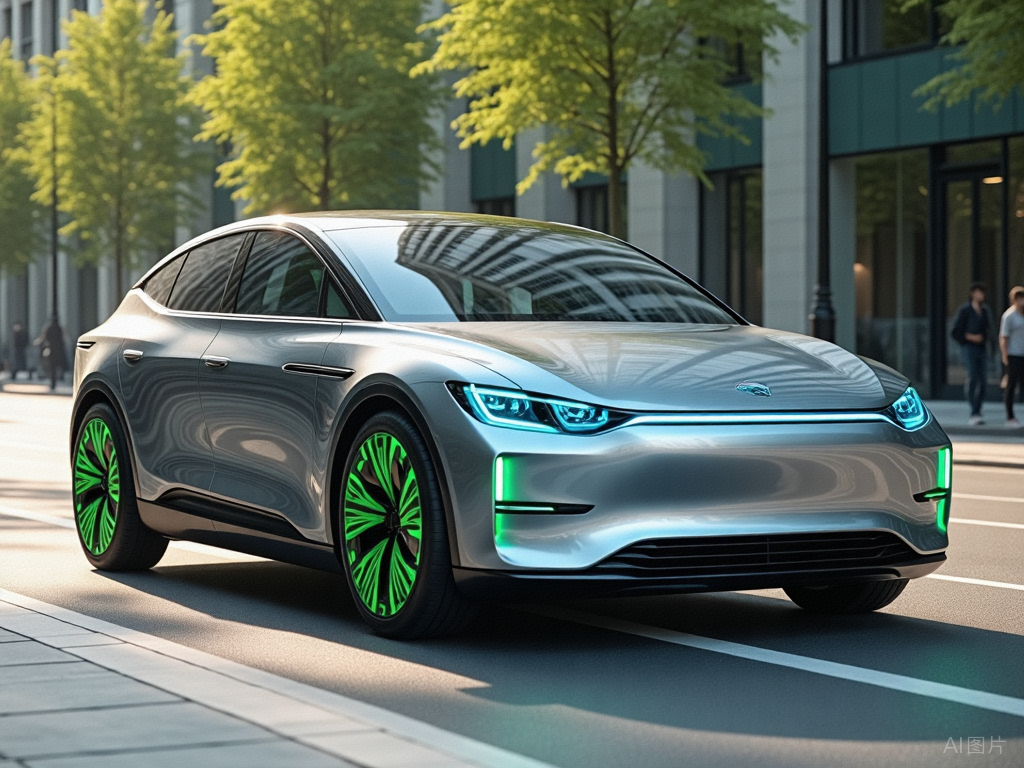
Battery Replacement: A Costlier Prospect Than the Car Itself
In early November last year, the hashtag #BatteryCostExceedsCarValue# soared to the top 10 trending topics on Weibo. The incident involved a Shanghai car owner who needed to replace the power battery of their new energy vehicle (NEV) after an accident. The authorized service center quoted a staggering 120,000 yuan for the replacement, despite the car's original purchase price of 250,000 yuan. Notably, the procurement cost of a 60 kWh ternary lithium iron phosphate battery pack is around 60,000 yuan, yet the replacement cost balloons to 120,000 yuan.
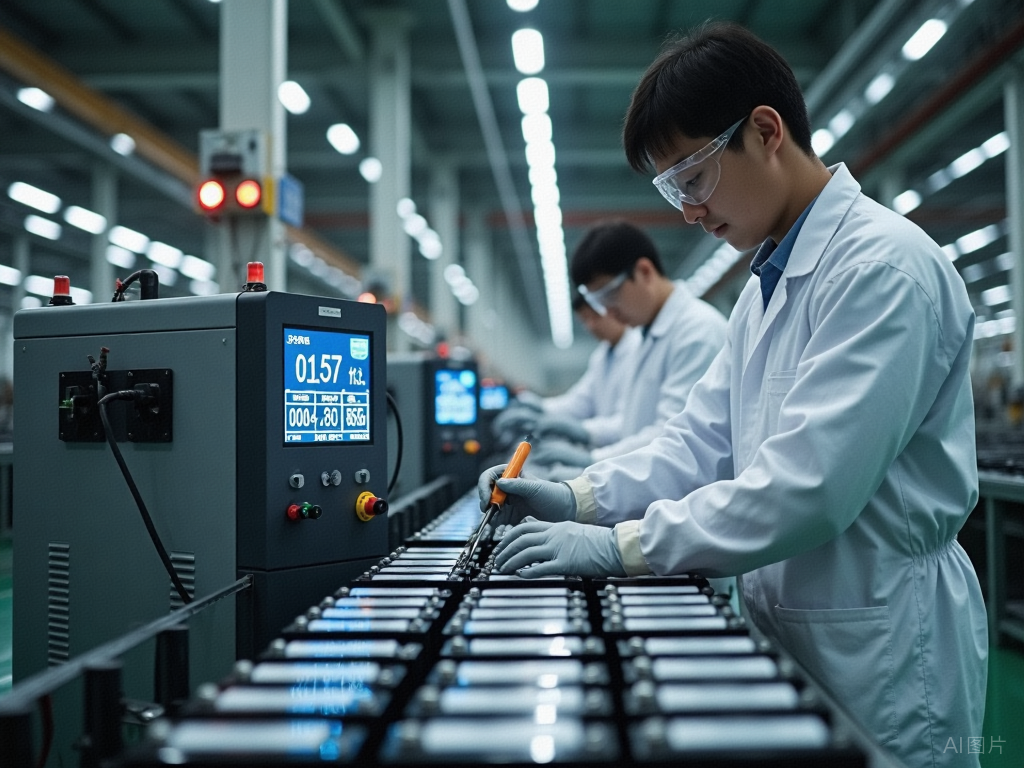
This is not an isolated case. Statistics reveal that battery replacement costs for NEVs currently range from 50,000 to 230,000 yuan. For a popular NEV model, the battery replacement cost approximates 199,000 yuan, whereas its average selling price in the used car market hovers between 170,000 and 230,000 yuan, according to third-party data. Another well-known NEV has a battery replacement cost of around 50,000 yuan, nearly half the starting price of its pure electric version, which is 109,800 yuan.
Following the "after-sales market lag of 5 years" rule, the concentrated maintenance period for NEVs is anticipated around 2026-2027. Insurance data projects that over 19.5 million NEVs with battery warranties exceeding eight years will be on the road within the next two years, amplifying issues such as expensive and difficult repairs. Why are NEVs more challenging to repair than conventional vehicles?
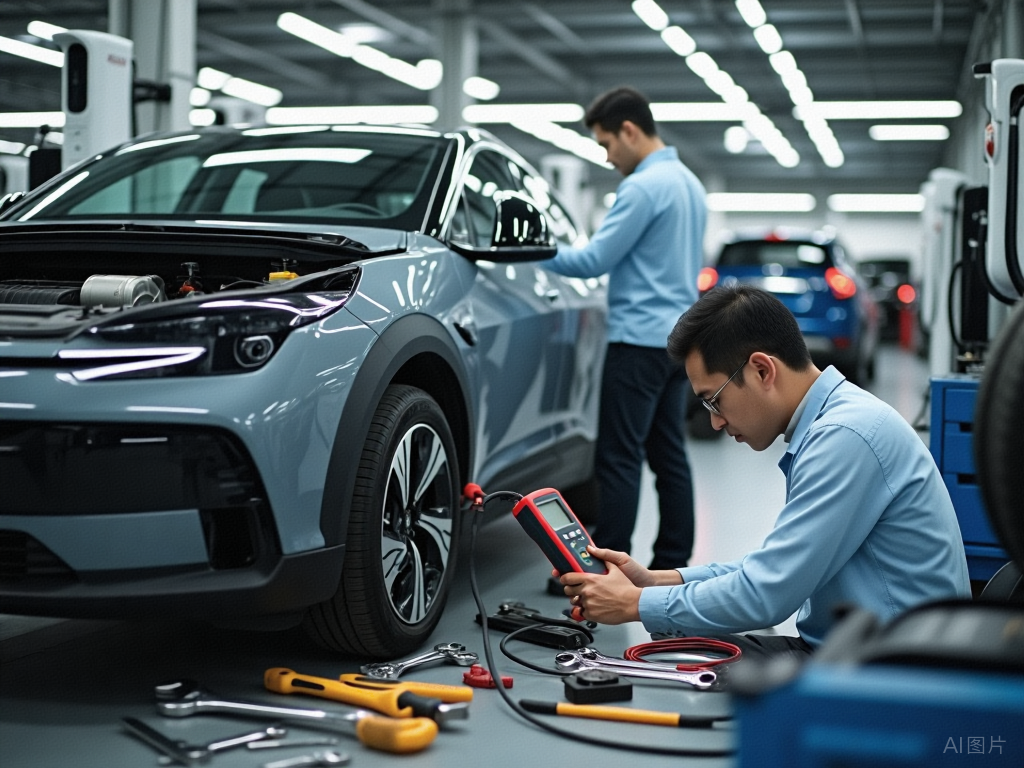
The author contends that this can be analyzed from aspects like "unaffordable replacement," "unaffordable repair," and "difficult repair." Some issues stem from NEV manufacturers, others from a lack of industry regulations, and still others from driving habits. Simply attributing NEVs' high costs and accident proneness negates the industry's recent progress. We must address developmental issues, not eliminate NEVs.
01 "Unaffordable" Batteries
Many car owners struggle to comprehend the two- to three-fold price difference between an automaker's battery procurement cost and the final price paid by the consumer. This isn't due to automakers seeking to exploit; rather, installing NEV batteries is far more complex than in a remote control.
When a battery pack reaches the end of its life or malfunctions, replacing it in an NEV typically means swapping out the entire pack, not individual batteries or cells. This process involves multiple stages and higher costs. Additionally, current NEV batteries are highly customized, often necessitating the replacement of the entire accessory system.
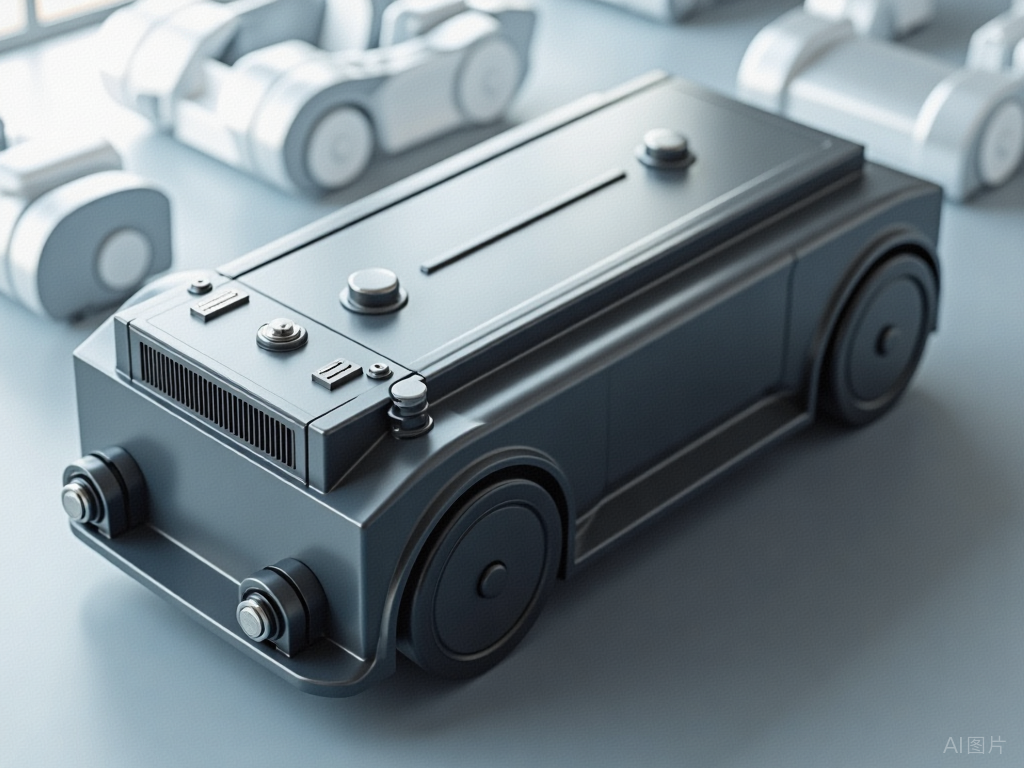
Technically, as battery technology evolves, older battery packs may become obsolete. Parts manufacturers must then produce customized replacements, incurring higher costs than mass-produced parts. Thus, the price of after-sales battery packs cannot be directly compared to mass-produced ones.
Previously, high battery costs were attributed to raw material lithium carbonate, which peaked at 200,000 yuan per ton but has since fallen below 80,000 yuan. Collaborative technological breakthroughs by automakers and the power battery industry chain have led to a long-term decline in battery prices over the past decade.

However, this is theoretical. Innovative products like hybrid, semi-solid-state, and long-range batteries (over 700 km) come with significant innovation costs. A semi-solid-state battery planned for mass production in 2025 has an ex-factory price of up to 200,000 yuan, naturally leading to high maintenance costs. Even for BYD Qin, the most popular and cost-effective NEV, battery replacement costs around 50,000 yuan, nearly half the car's price.
02 Unaffordable Repair Costs
While NEVs are growing rapidly and gaining market share, their current ownership still lags behind traditional fuel vehicles by over ten times. Data shows that as of June 2024, China had 440 million motor vehicles, including 345 million cars and 24.72 million NEVs. Many NEV brands sell fewer than 100,000 vehicles annually, limiting their scale effects and leading to high costs.
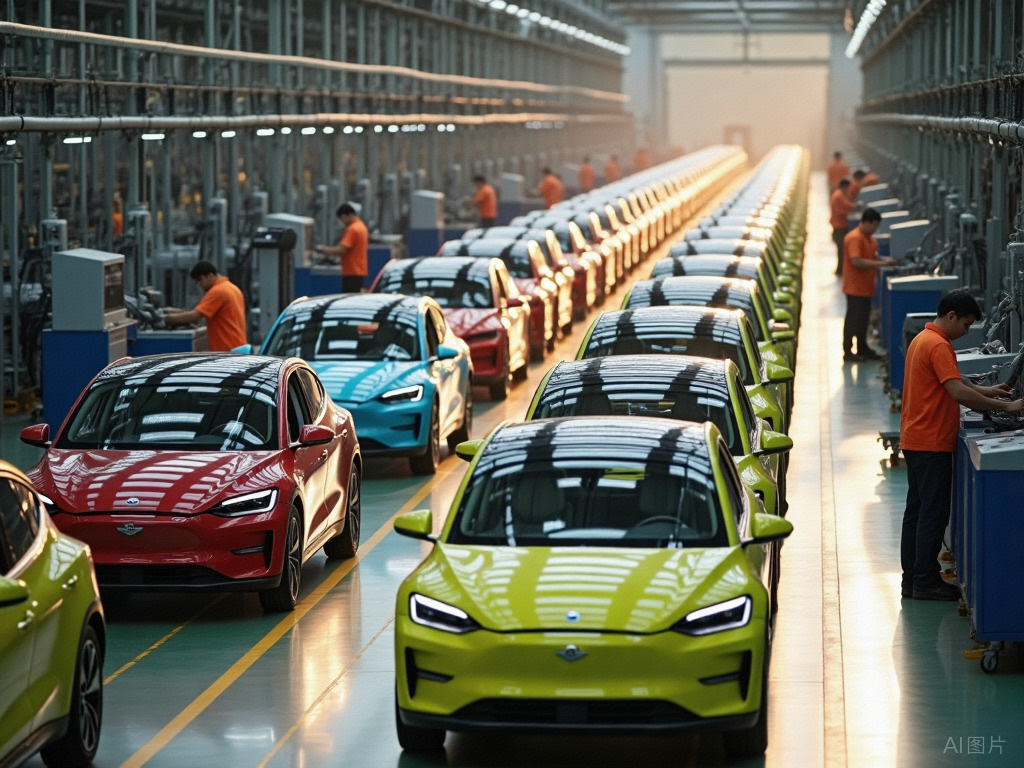
An industry insider notes that routine maintenance values have dropped 49% due to the "disappearance of oil filter demand" and "decline in coolant demand." The increase in "battery, tire, sheet metal" demand and decrease in "brake pad and spark plug demand" offset each other, resulting in no significant consumable parts price change.
A 4S shop maintenance personnel said that while an NEV's annual maintenance cost is about 1/3 that of a similarly priced fuel vehicle, a single NEV maintenance session is 20% to 30% more expensive.
"NEVs come with lidars, power batteries, and 360-degree cameras. Any bump is costly," complain some netizens. NEVs compete in intelligent driving and range, with numerous sensors and larger batteries. Minor scratches can lead to high insurance premiums. For an 80,000 yuan NEV, replacing a millimeter-wave radar (1,200 yuan) and labor costs exceed 1,500 yuan. Due to its precision, it's often replaced rather than repaired, further increasing maintenance costs.
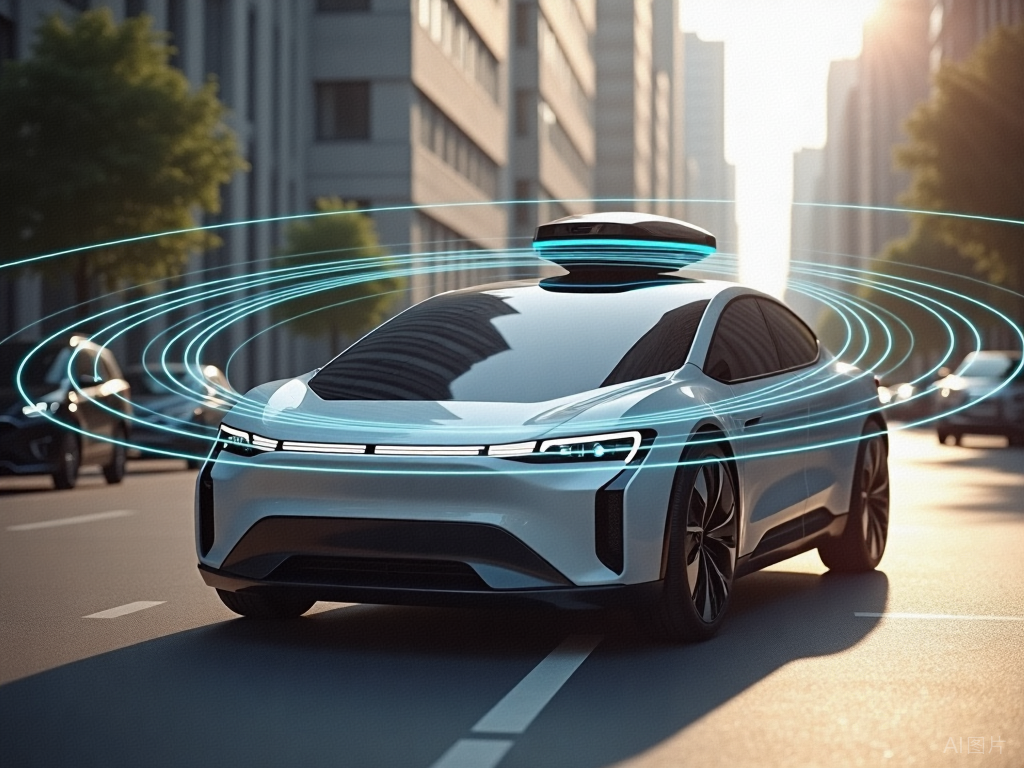
Pragmatic car owners install chassis guard plates and armor upon purchase to prevent battery damage. To reduce wind resistance, NEVs have lower chassis, making them susceptible to bottoming out and scratches that could harm batteries. While not factory-installed, many 4S shops recommend chassis guard plates to mitigate bumps, reduce user losses, and lower maintenance rates.
In fact, "installing more accessories" isn't limited to low-end vehicles. High-end NEVs (>300,000 yuan) favor lightweight TPU wraps. According to Lvjie Consulting's "White Paper on the Car Wrap Film Industry Chain in China," NEV new car wrap penetration exceeds fuel vehicles, reaching 15% in 2023. In the >400,000 yuan luxury market, 80% choose invisible wraps, with a 2023 market size of 31.272 billion yuan, growing at 12% annually. Automakers and insurers shift daily scratch risks to consumers, fostering a vast market for wraps, shells, and films.
Many NEV models have numerous intelligent components. The more digitally integrated parts are, the easier they break. While NEV screens resemble tablets, they serve multiple functional buttons. Car system crashes are common complaints for both fuel and NEVs, with higher maintenance costs than general tablets. Frequent repairs and OTA updates compromise the driving experience.
03 Difficult Repairs
According to the Ministry of Industry and Information Technology's "Guidance on the Development Plan for Manufacturing Talents," there are 3,000 vocational colleges offering automotive majors, but only 28.3% of graduates enter the industry, with 32% of vocational undergraduates graduating. By 2025, the NEV talent pool is expected to reach 1.2 million, but the talent gap could be 1.03 million. The NEV maintenance field faces an 80% talent gap. Data shows hundreds of thousands of auto repair enterprises in China, with fewer than 20,000 specializing in NEVs and under 100,000 NEV maintenance technicians.
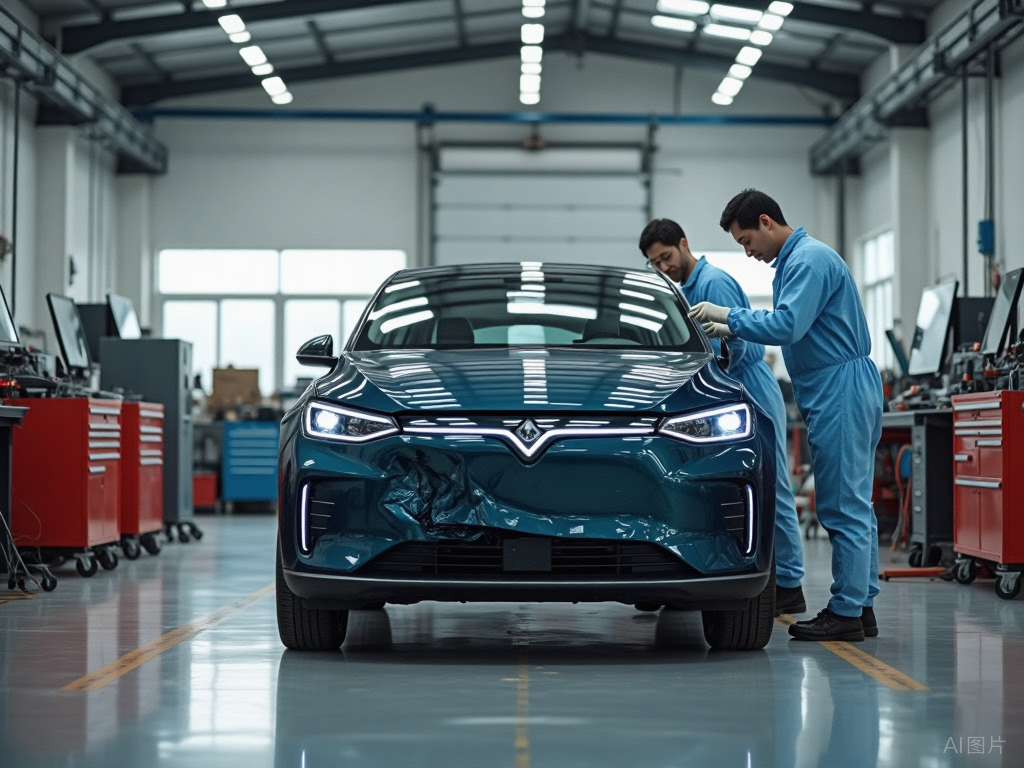
Traditional fuel vehicle maintenance emphasizes "skills" and hands-on experience. In contrast, NEV maintenance prioritizes "knowledge," requiring professional theory and abstract thinking. Traditional auto repair needs "technicians," while NEV development demands "engineers."
NEVs feature complex high-voltage electricity, electronic control, and network communication systems. When these systems malfunction, precise, low-error tools and methods are required for inspection and repair. Maintenance technicians need specialized, comprehensive knowledge and skills.
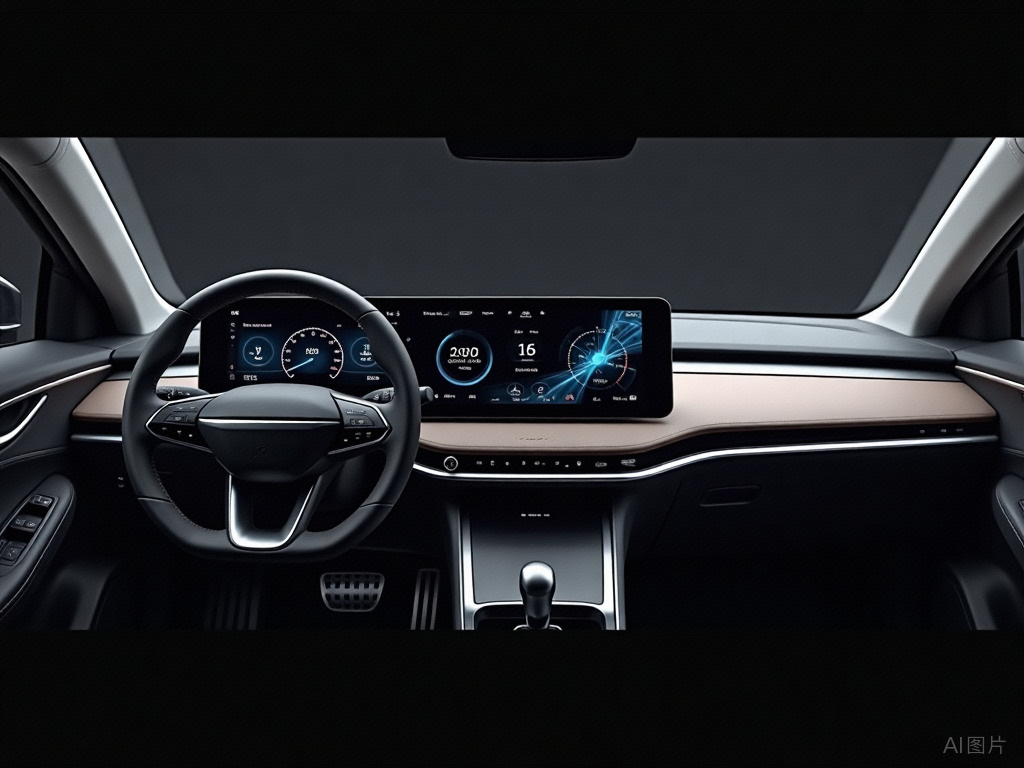
Furthermore, NEV professional maintenance channels are scarce. Current NEV maintenance intelligence is low, with few enterprises possessing professional inspection and maintenance technology. These enterprises rely heavily on OEMs and battery, motor, and electronic control (BME) manufacturers. There's a lack of intelligent inspection and diagnostic technologies and equipment for NEVs, with insufficient functionality.
The head of Chongqing Lishengxing Automobile Sales Service Co., Ltd. noted that since "three electrics" system (batteries, motors, electronic controls) technologies of various NEV brands are not public, traditional auto repair shops struggle to obtain maintenance authorization. If issues involve "three electrics" system malfunctions, traditional shops often can't or won't repair them.
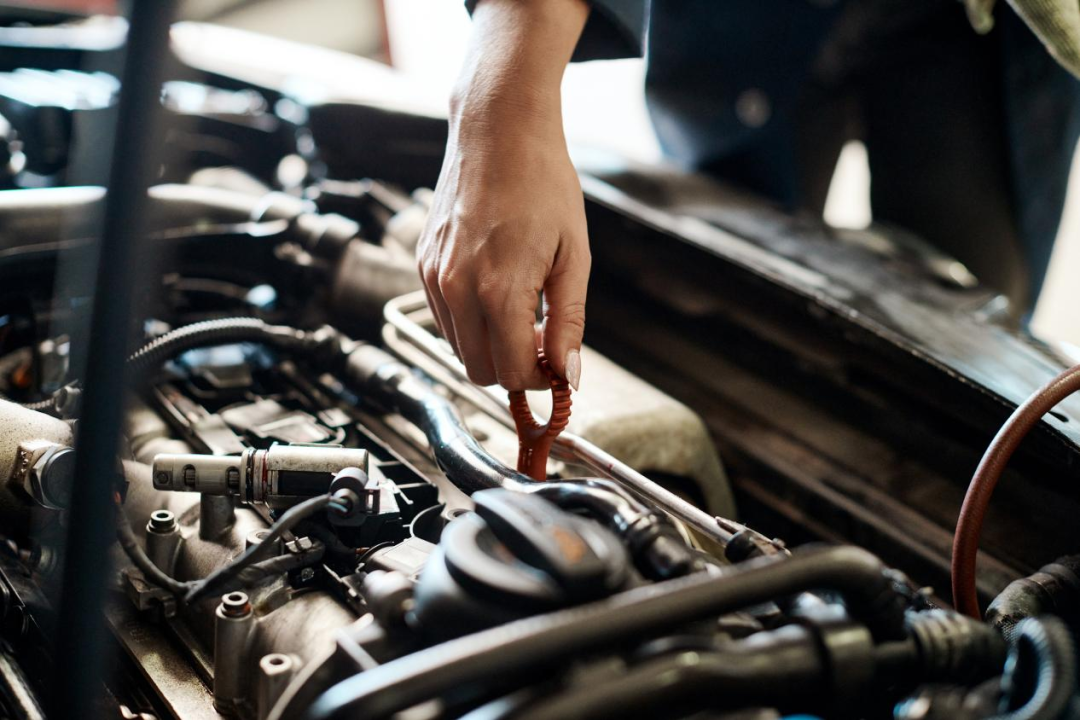
In May 2023, the China Consumers Association released the "Special Report on Automobile Complaints," revealing that NEV after-sales complaints focused on poor service experiences like multiple repairs not resolving issues, excessive or fraudulent maintenance costs, consumer rights damage due to 4S shop transfers, and lack of after-sales guarantees post-automaker bankruptcy.
Consumers hesitate to buy NEVs, fearing issues like "battery breakdown renders the car worthless," "too many cameras; damage is costly," and "lack of NEV knowledge; after-sales maintenance is too complex." If NEVs focus solely on sales, ignoring after-sales, they won't last. Reputational backlash has already affected some brands.
Unaffordable NEV Insurance
Last October 28, it was reported that Shanghai Yingji Taxi Company operated around 700 pure electric taxis, twelve of which had expired insurance policies, and no insurance company was willing to provide third-party commercial insurance coverage for these vehicles. The company's spokesperson commented, "Insurance providers claim that the current claim rate for electric vehicles is excessively high, leading to potential financial losses."
At the 2023 performance conference, Yu Ze, Vice President of PICC Group and President of PICC Property and Casualty, disclosed that the combined cost ratio for PICC's new energy vehicle commercial insurance was approximately 7 percentage points higher than that of the overall auto insurance market. Industry-wide, it is anticipated that the cost ratio for new energy vehicle insurance will be about 10 percentage points higher. According to financial report data for 2023, the overall combined cost ratio for insurance companies generally hovered around 100%. For instance, PICC Property and Casualty's ratio was 97.6%, Ping An Property and Casualty's was 100.7%, and China Pacific Property and Casualty's was 97.7%. This suggests that for insurance companies, insuring new energy vehicles remains a continuously unprofitable venture.

Ping An Property and Casualty's annual report stated that in 2023, while the number of insured new energy vehicles and the average premium per vehicle increased in the auto insurance market, underwriting profits narrowed. One of the reasons for the industry's overall rise in the combined cost ratio is the consistently high claim rate for new energy vehicles.

"The high claim rate is linked to driving habits, as new energy vehicles tend to accelerate faster," explained Xu Yucheng, a founding member of the China Association of Actuaries. Yu Da (pseudonym), an insurance salesperson, believes that although new energy vehicles are technologically advanced and relatively easy to drive, their owners may lack the driving experience of fuel vehicle owners, further elevating the claim rate.
A high claim rate is not the sole concern; the excessively high repair costs are equally alarming. Insurance companies struggle to accurately account for these costs, leading many to consider rejecting insurance coverage altogether. Currently, there is no unified standard for the repair and loss assessment of new energy vehicles, unlike traditional fuel vehicles. In the future, it is crucial to leverage insurance risk management, collaboratively develop and issue repair service standards for new energy vehicles, and support socialized repairs to reduce repair costs.
Cui Dongshu, secretary-general of the China Passenger Car Association, previously noted that the integrated die-casting process and battery safety issues of new energy vehicles have increased their repair costs. Additionally, body design requires improvement. Many new energy vehicles install millimeter-wave radars, lidar, and cameras in vulnerable areas like bumpers and fenders. Even in minor collisions, these components often need replacement due to damage, resulting in extremely high repair costs.
An industry insider pointed out that unless most automakers adopt standardized parts, costs will naturally decrease with scale, significantly benefiting insurance model calculations. However, the reality is that industry competition is far from over and is likely to continue for several more years—an issue that cannot be resolved with a single document. Currently, automakers' own insurance offerings may serve as a viable supplement to the industry.
After dissolving its previous insurance brokerage company, Tesla re-applied for "Tesla Insurance Brokerage (China) Co., Ltd."; NIO acquired Huiding Insurance Brokerage Company; XPeng Motors, despite initially abandoning its insurance agency business, later established Tianjin XPeng Commercial Factoring Co., Ltd.; Li Auto made a wholly-owned investment in Yinjian Insurance Brokerage Company.
Taking BYD as an example, in May 2023, the company acquired a 100% stake in Yian Property and Insurance Company, obtaining an insurance license and renaming it BYD Property Insurance. Within just a few months of its establishment, BYD Property Insurance achieved rapid growth, reporting insurance business income of 67.2623 million yuan and a net profit of 18.4620 million yuan in the first half of 2024.

Final Thoughts
Regarding the aforementioned issues, it is believed that most automakers are well aware of them. Many have introduced lifetime warranties and various paid extended warranty services. However, the problem lies in the one-way and opaque nature of new energy after-sales services for consumers, and the lack of a market-oriented competition mechanism in the after-sales market, often leaving automakers to dictate the terms. Replacing a battery, while somewhat cost-effective, is often not as economical as trading in for a new car, reflecting more of automakers shifting after-sales responsibilities onto consumers and increasing user costs.
Whether it's a traditional or new energy vehicle, healthy product sales and brand development heavily rely on a comprehensive customer service system encompassing service standards, technical talent, after-sales networks, supply chains, and professional operations. Without these foundational supports, it is challenging for the industry to operate healthily and sustainably. Therefore, rapidly growing new energy automakers should appropriately slow down, address their shortcomings, and then proceed forward.
References:
Consumers Still Paying High Prices for Batteries: Source - Gasgoo
Can Afford the Car, but Not the Insurance: Source - Southern Metropolis Weekly
Automakers Complain About High Costs, Insurance Companies About Losses: Source - Tencent Auto
Difficulty in Renewing Insurance Panics New Energy Vehicle Owners: Source - Doujiao Spicy

